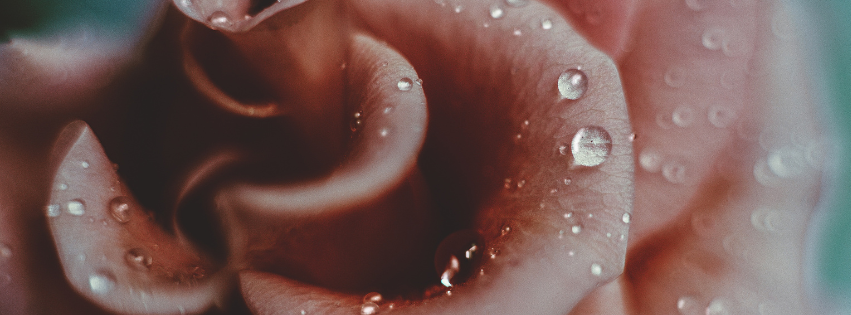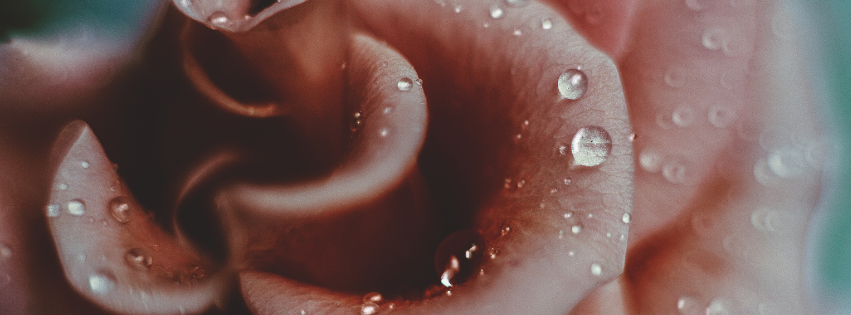
Have you ever been captivated by the intricate details of a flower’s petals, the delicate wings of a butterfly, or the mesmerizing patterns on a spider’s web? Macro photography opens a portal to a hidden universe, revealing the extraordinary beauty of the miniature world around us. It’s the art of capturing extreme close-ups, where tiny subjects are magnified to reveal their intricate details and textures, often unseen by the naked eye.
What exactly is Macro photography?
Macro photography captures subjects at life-size or larger on the camera sensor. This means that a 1cm object would appear at least 1cm on the sensor. This magnification reveals a world of detail and texture, transforming the ordinary into the extraordinary. The best part? You don’t need to be a professional with expensive equipment to explore this fascinating genre.
This guide will equip you with the knowledge and tools you need to embark on your macro photography journey, from selecting the right camera and lenses to mastering essential techniques and finding creative inspiration.
Choosing Your Gear
Capturing the miniature world requires specialized equipment. Here’s what you need to get started:
- Cameras: You don’t need a specialized macro camera to capture stunning close-ups. Many DSLRs, mirrorless cameras, and even smartphones can excel at macro photography with the right lenses and accessories.. Here are a few options available on Amazon:
- Olympus OM-D E-M10 Mark IV: This compact and lightweight mirrorless camera is perfect for macro photography on the go. Its in-body image stabilization helps to reduce camera shake, ensuring sharp images even at high magnification. The focus bracketing feature lets one take multiple shots at varying focus distances. Combining these shots in post-processing extends the depth of field in your final image. Its 20MP sensor provides ample resolution for capturing fine details.
- Canon EOS 250D: This entry-level DSLR is a great option for beginners in macro photography. This cost-effective camera offers a user-friendly experience, enhanced by a vari-angle touchscreen. This feature enables accurate focus and composition from challenging angles when working close to the ground. The 24.1MP sensor offers good image quality for capturing the intricate details of your macro subjects.
- Sony a6000: This versatile mirrorless camera boasts a fast autofocus system, making it ideal for capturing quick-moving subjects like insects. Its compact size and wide selection of compatible macro lenses make it a popular choice for macro enthusiasts. The 24.3MP sensor provides ample resolution for detailed macro shots.
- Lenses: Manufacturers purpose-build dedicated macro lenses for extreme close-up photography, and these lenses deliver exceptional sharpness and magnification. However, photographers can use extension tubes and close-up filters to achieve similar results with existing lenses, providing a budget-friendly option. Here are some recommended macro lenses available on Amazon:
- Canon EF-S 35mm f/2.8 Macro IS STM: This affordable macro lens is a great starting point for Canon users. It features image stabilization to reduce camera shake and a built-in LED macro lite to illuminate your subjects, making it easier to achieve proper exposure in close-up situations.
- Nikon AF-S DX Micro NIKKOR 40mm f/2.8G: This compact and sharp macro lens is perfect for Nikon DSLR users. It offers a versatile focal length that can be used for both macro photography and general-purpose shooting.
- Sony FE 90mm f/2.8 Macro G OSS: This professional-grade macro lens delivers exceptional image quality and sharpness. It features optical stabilization for steady shots and a fast f/2.8 aperture for creating beautiful background blur (bokeh), making your subjects stand out. Its longer focal length allows you to maintain a comfortable working distance from your subjects.
- Accessories: These accessories can further enhance your macro photography experience:
- Tripod: A tripod is essential for minimizing camera shake and achieving sharp images, especially at high magnifications. A flexible and lightweight tripod like the Joby Gorilla Pod 3K Kit is ideal for macro photography, as it can be positioned on uneven surfaces or wrapped around branches to get unique angles.
- Focus Rail: A focus rail allows for precise focus adjustments, which can be challenging in macro photography due to the shallow depth of field. A budget-friendly option like the Neewer Macro Focusing Rail Slider can help you achieve accurate focus for tack-sharp images by allowing you to make minute adjustments to the camera’s position.
- Diffuser: Harsh lighting can create unwanted shadows and highlights in macro photography. A diffuser softens the light, reducing harsh shadows and creating a more even illumination. A collapsible diffuser like the Neewer 43 Inch/110 Centimeter 5-in-1 Collapsible Multi-Disc Light Reflector is a versatile and portable option that can also be used as a reflector to bounce light onto your subject.
Mastering the Techniques
Capturing stunning macro photos requires more than just the right gear; it’s about mastering the techniques that bring out the best in your miniature subjects.
- Focusing: Achieving precise focus is crucial in macro photography, where the depth of field (the area in focus) is extremely shallow. Manual focus often provides the most control, allowing you to fine-tune the focus point precisely. Many cameras also offer focus peaking, a feature that highlights the areas in focus on the LCD screen or viewfinder. For achieving greater depth of field, consider focus stacking, a technique where you take multiple images at different focus distances and combine them in post-processing to create a single image with everything in focus.
- Composition: Composition plays a vital role in creating compelling macro photos. Fill the frame with your subject to emphasize its details and create a sense of intimacy. Utilize negative space to give your subject room to breathe and draw attention to its form. Experiment with different perspectives, shooting from above, below, or at eye level with your subject to create unique and engaging compositions.
- Lighting: Lighting is crucial in macro photography, as it can dramatically affect the mood and texture of your images. Natural light is often preferred for its soft and diffused quality, but you can also use diffusers to soften harsh sunlight or reflectors to bounce light onto your subject and fill in shadows. Artificial light sources, such as LED panels or macro ring lights, can provide more control and consistency, especially when shooting indoors or in low-light conditions.
- Depth of Field: The shallow depth of field in macro photography can be both a challenge and a creative tool. Use a wider aperture (lower f-number) to create a shallow depth of field, blurring the background and isolating your subject. This helps to draw attention to the intricate details and create a sense of depth. Conversely, a narrower aperture (higher f-number) will increase the depth of field, bringing more of the scene into focus.
Macro photography is a captivating journey into the miniature universe, revealing a world of hidden beauty and intricate detail. By understanding the principles of macro photography, selecting the right equipment, and mastering essential techniques, you can unlock your creative potential and capture stunning images that showcase the extraordinary in the ordinary. Remember, the key is to experiment, explore, and embrace the wonder of the miniature world.
Liked this post? Check out some of our others:
Building Better Shots: Essential Accessories for Architectural Photography

